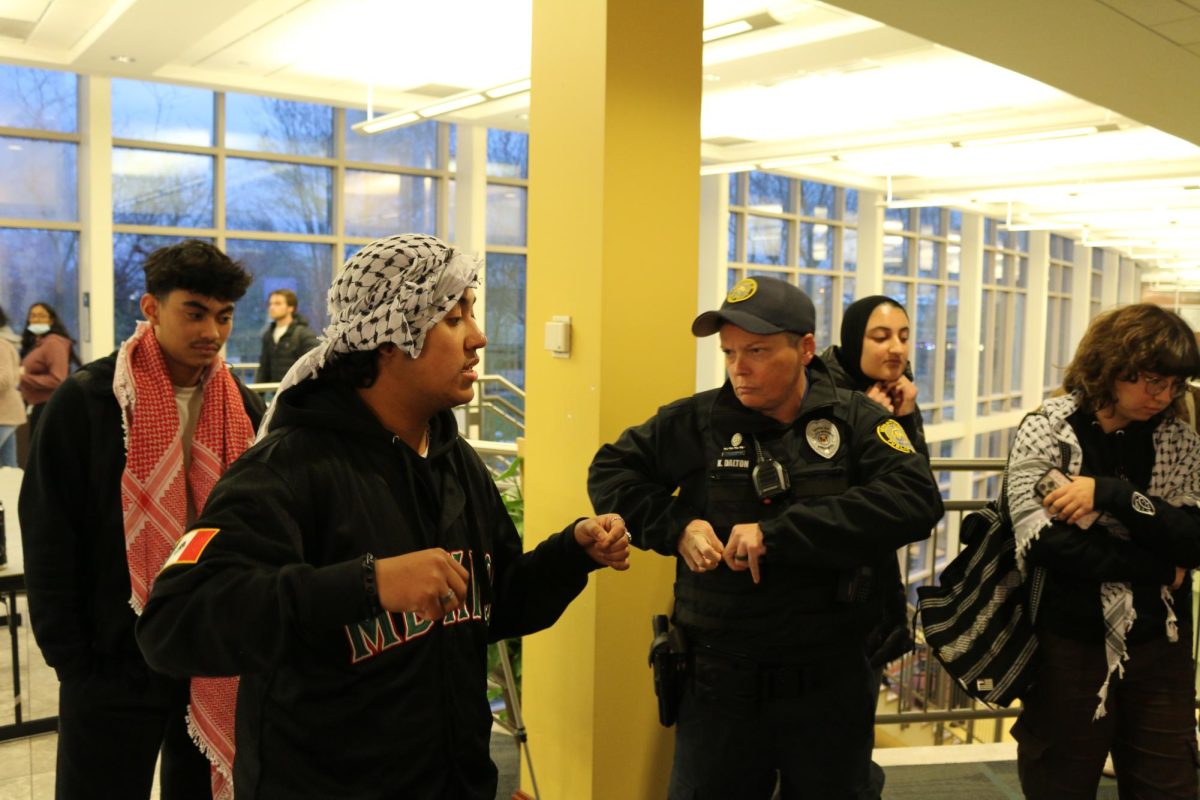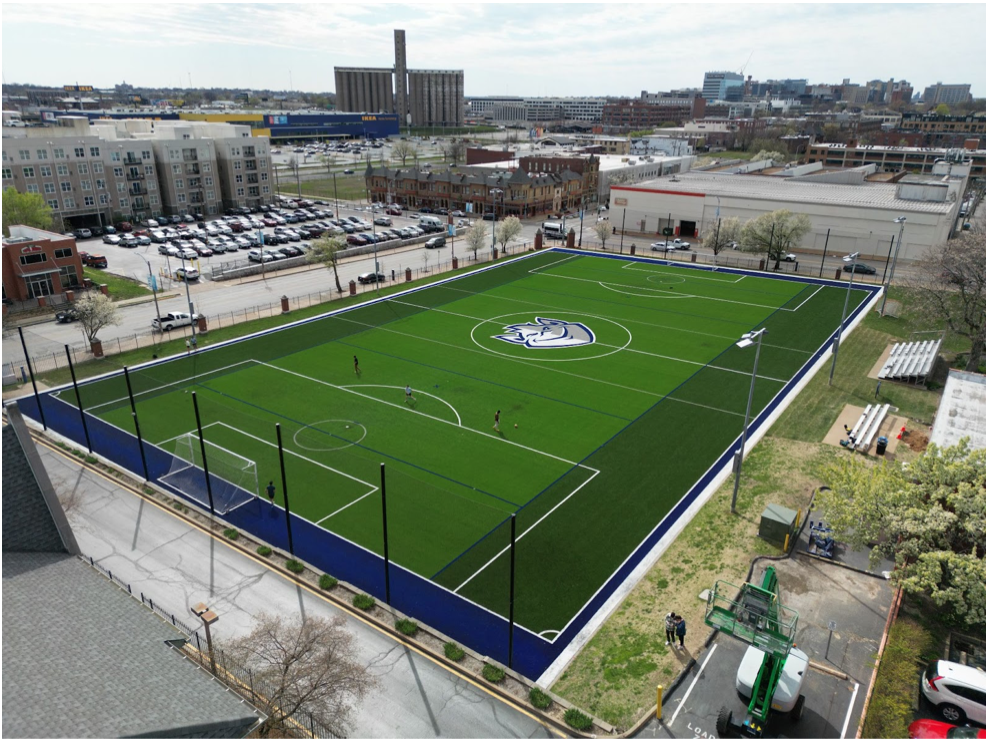Many students at Saint Louis University have been griping about the recent increase of tuition, room and board. However, such increases occur at nearly all other colleges and universities throughout the nation.
Washington University, for example, averages a 5 percent annual increase in tuition, room and board costs.
The current tuition shows an increase of 5.4 percent since the 1998-1999 school year, from $22,422 to $23,634.
Another local private institution, Webster University, increases the total expense by approximately 3 percent each year. Tuition increased from $11,610 last year to the present rate of $12,150, which is a 4.7 percent rise.
Maryville University also tends to increase education costs by about 3 percent annually. However, tuition alone rose by 5.9 percent, from $11,600 to $12,280 for this year.
None of these three schools has announced the increases for the coming 2000-2001 school year.
Nationally, the College Board’s Trends in College Pricing 1999 Report shows that the average cost of a college education increased by less than 5 percent for the 1999-2000 school year. This marks the smallest increase in the past four years.
This average figure varies by college type. For four-year private institutions, tuition increased by an average of 4.6 percent, while tuition at four-year public schools rose by an average of 3.4 percent. Room and board rates increased, on average, by about four percent.
These increases are accompanied by a growth in financial aid, which totaled $64 billion for the 1998-1999 school year.
The average national tuition increase may seem mild, especially when balanced by financial aid increases, but two additional facts complicate the situation.
First, consider that 58 percent of financial aid is in the form of loans, rather than grants or scholarships. In the long run, interest rates can turn a $600 increase into $800. Second, while education expenses rise at a rate of less than 5 percent, the national inflation rate is only 2.3 percent.
Whether seen as tolerable or downright unpleasant, these annual increases are universal except at Williams College.
This small private institution is located in Williamstown, Mass. The cost of a Williams education rose by approximately 4 percent between the 1998-1999 and 1999-2000 school years. However, President Carl Vogt recently announced that tuition, room and board will be frozen at the current rates for the 2000-2001 school year.
Though Williams College is setting an admirable example, they are not likely to start a noticeable nationwide trend anytime soon. Larry Gladieux of the College Board said to USA Today that he hopes this freeze may help to “rein in the tuition spiral that has persisted since 1980.”
For the time being, students at Williams constitute an insignificant minority compared to those who must brace themselves for annual tuition hikes.
College Board President Gaston Caperton reminded people not to ignore the value of higher education and to keep the lofty costs in perspective. The average annual income for a person with a college degree is almost twice as much as the income for a person with only a high school diploma.
As Caperton stated, “The cost of not going to college is much higher than the cost of going to college.”





